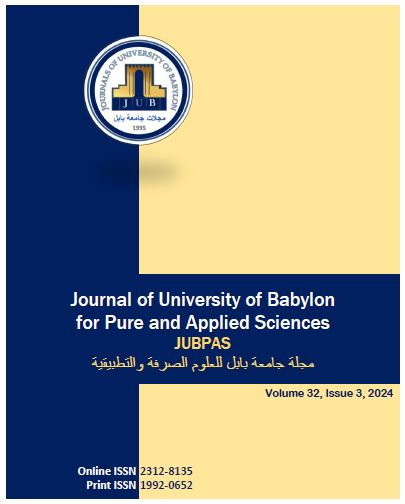A Review of Applications, Forms, Extraction, and Dissolution of Chitin
Main Article Content
Abstract
Background:
Polymeric organic particles made by organisms or natural biopolymers, are considered as greener materials, more environmentally friendly and durable. Because of its exceptional structural properties, wide abundant, lack of toxicity, biocompatibility, simplicity of alteration and promised potentials, chitin is a sustainable material. It is composed of β(1,4)-linked N-acetyl-glucosamine units and represents the most abundant structural polysaccharide of invertebrates, including such marine phyla as sponges, corals, annelid worms, mollusks, and arthropods. This biopolymer is mostly found in the skeletal structures of invertebrates, and plays a crucial role in their rigidity, stiffness, and other mechanical properties. Chitin is recognized as one of the universal templates in biomineralization, with respect to both biocalcification and biosilicification.
Conclusion:
This review is concerned with chitin. For a set of uses, chitin with its derivatives are receiving more and more attention. The popularity of this plentiful biopolymer has skyrocketed in recent years. Studies on the use of chitin show that these biopolymers have a lot of potential for managing wounds, getting rid of toxic metals, farming, bone regenerative engineering, etc.
Article Details
Issue
Section

This work is licensed under a Creative Commons Attribution 4.0 International License.
